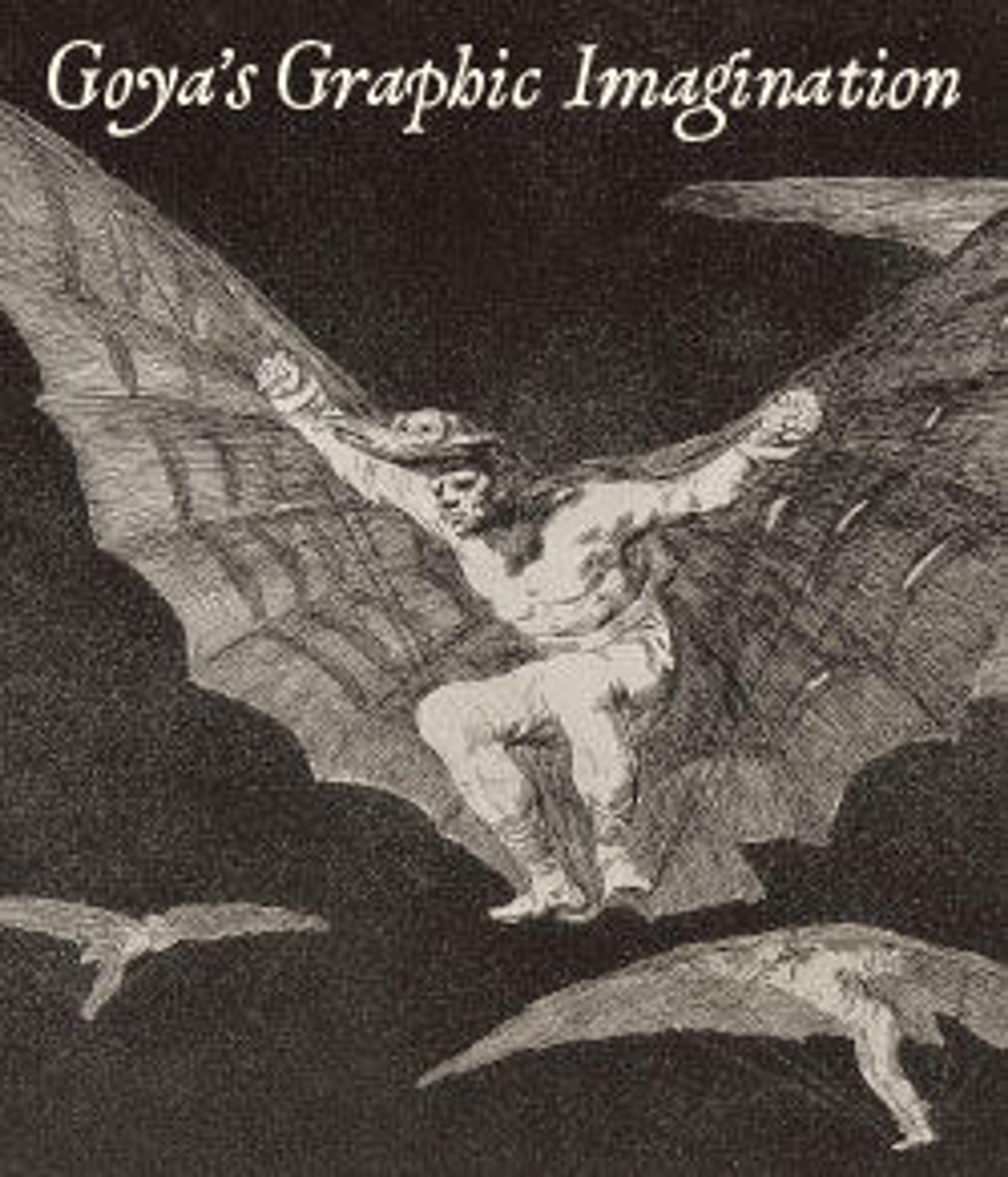Plate 3 from "Los Caprichos": Here comes the bogey-man (Que viene el Coco)
This scene of a mother staring at a shrouded figure while her two terrified children cling to her hasbeen interpreted as Goya’s criticism of a repressive educational system based on fear of supernatural beings. Although a concern with poor education pervades the Caprichos, Goya’s specific target here is the women traditionally responsible for passing beliefs from one generation to the next. Implicating women in their children’s ignorance and superstition, the print alludes to the bogeyman—who wears fashionably pointy shoes beneath his robe—as the mother’s illicit lover. That reading would explain the contrasting expressions of the mother and her children.
Artwork Details
- Title:Plate 3 from "Los Caprichos": Here comes the bogey-man (Que viene el Coco)
- Series/Portfolio:Los Caprichos
- Artist:Goya (Francisco de Goya y Lucientes) (Spanish, Fuendetodos 1746–1828 Bordeaux)
- Date:1799
- Medium:Etching, burnished aquatint
- Dimensions:Plate: 8 3/8 × 5 15/16 in. (21.3 × 15.1 cm)
Sheet: 11 5/8 x 8 1/4 in. (29.5 x 21 cm) - Classification:Prints
- Credit Line:Gift of M. Knoedler & Co., 1918
- Object Number:18.64(3)
- Curatorial Department: Drawings and Prints
More Artwork
Research Resources
The Met provides unparalleled resources for research and welcomes an international community of students and scholars. The Met's Open Access API is where creators and researchers can connect to the The Met collection. Open Access data and public domain images are available for unrestricted commercial and noncommercial use without permission or fee.
To request images under copyright and other restrictions, please use this Image Request form.
Feedback
We continue to research and examine historical and cultural context for objects in The Met collection. If you have comments or questions about this object record, please contact us using the form below. The Museum looks forward to receiving your comments.
